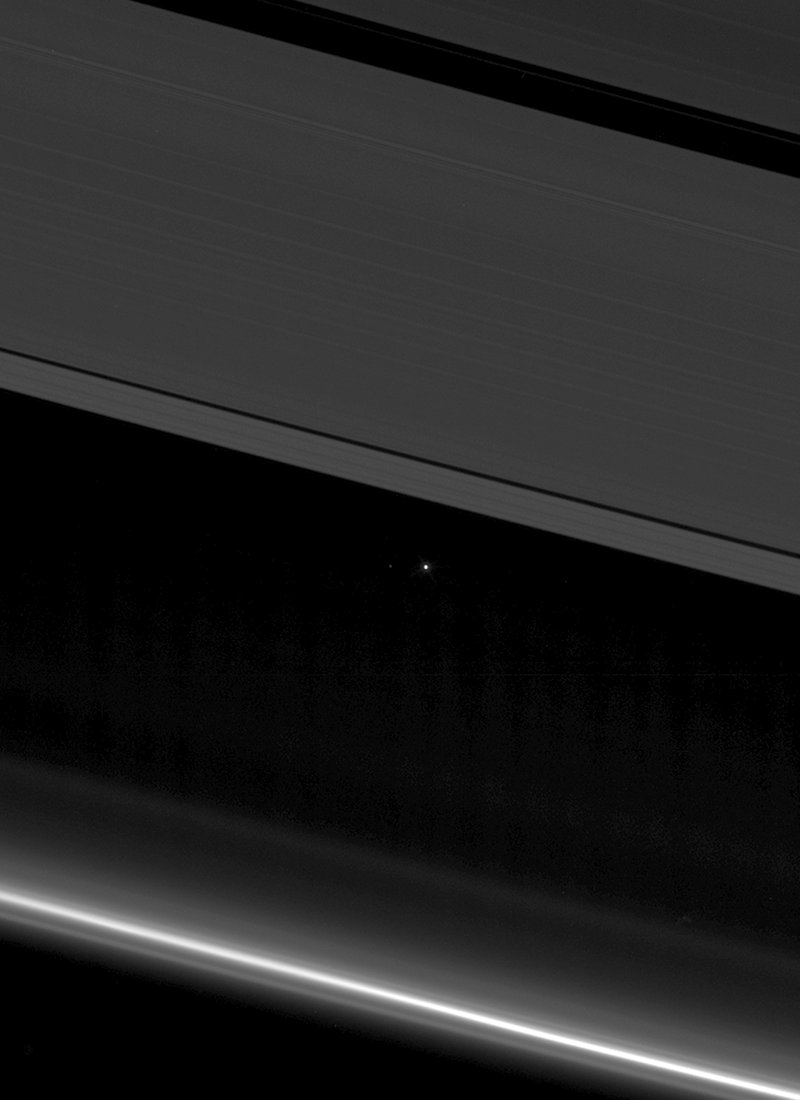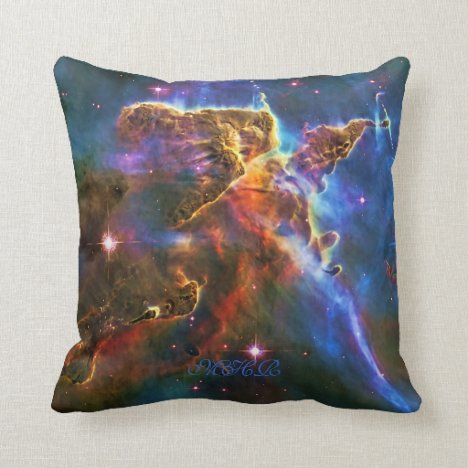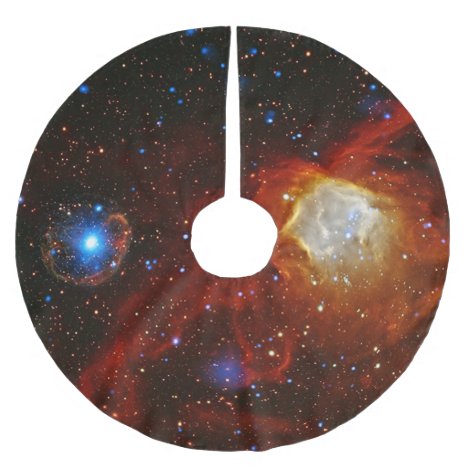Galaxies, Stars and Nebulae series: A beautiful space photograph featuring the 7500 light year distant Carina Nebula. This Hubble image shows rich, interstellar gas clouds feeding…
There are advances being made almost daily in the disciplines required to make space and its contents accessible. This blog brings together a lot of that info, as it is reported, tracking the small steps into space that will make it just another place we carry out normal human economic, leisure and living activities.
Saturday, 22 April 2017
New discovery could aid in detecting nuclear threats
more »
A new way to detect nuclear materials has been developed by researchers. Made of graphene and carbon nanotubes, the researchers' detector far outpaces any existing one in its ultrasensitivity to charged particles, minuscule size, low-power requirements, and low cost.
via Science Daily
A new way to detect nuclear materials has been developed by researchers. Made of graphene and carbon nanotubes, the researchers' detector far outpaces any existing one in its ultrasensitivity to charged particles, minuscule size, low-power requirements, and low cost.
via Science Daily
Wonder material? Novel nanotube structure strengthens thin films for flexible electronics
more »
Reflecting the structure of composites found in nature and the ancient world, researchers have synthesized thin carbon nanotube (CNT) textiles that exhibit both high electrical conductivity and a level of toughness that is about fifty times higher than copper films, currently used in electronics.
via Science Daily
Reflecting the structure of composites found in nature and the ancient world, researchers have synthesized thin carbon nanotube (CNT) textiles that exhibit both high electrical conductivity and a level of toughness that is about fifty times higher than copper films, currently used in electronics.
via Science Daily
Between the Rings
more »
 On April 12, as the Sun was blocked by the disk of Saturn the Cassini spacecraft camera looked toward the inner Solar System and the gas giant's backlit rings. At the top of the mosaicked view is the A ring with its broader Encke and narrower Keeler gaps visible. At the bottom is the F ring, bright due to the viewing geometry. The point of light between the rings is Earth, 1.4 billion kilometers in the distance. Look carefully and you can even spot Earth's large moon, a pinprick of light to the planet's left. Today Cassini makes its final close approach to Saturn's own large moon Titan, using Titan's gravity to swing into the spacecraft's Grand Finale, the final set of orbits that will bring Cassini just inside Saturn's rings.
On April 12, as the Sun was blocked by the disk of Saturn the Cassini spacecraft camera looked toward the inner Solar System and the gas giant's backlit rings. At the top of the mosaicked view is the A ring with its broader Encke and narrower Keeler gaps visible. At the bottom is the F ring, bright due to the viewing geometry. The point of light between the rings is Earth, 1.4 billion kilometers in the distance. Look carefully and you can even spot Earth's large moon, a pinprick of light to the planet's left. Today Cassini makes its final close approach to Saturn's own large moon Titan, using Titan's gravity to swing into the spacecraft's Grand Finale, the final set of orbits that will bring Cassini just inside Saturn's rings.
Zazzle Space Gifts for young and old
 On April 12, as the Sun was blocked by the disk of Saturn the Cassini spacecraft camera looked toward the inner Solar System and the gas giant's backlit rings. At the top of the mosaicked view is the A ring with its broader Encke and narrower Keeler gaps visible. At the bottom is the F ring, bright due to the viewing geometry. The point of light between the rings is Earth, 1.4 billion kilometers in the distance. Look carefully and you can even spot Earth's large moon, a pinprick of light to the planet's left. Today Cassini makes its final close approach to Saturn's own large moon Titan, using Titan's gravity to swing into the spacecraft's Grand Finale, the final set of orbits that will bring Cassini just inside Saturn's rings.
On April 12, as the Sun was blocked by the disk of Saturn the Cassini spacecraft camera looked toward the inner Solar System and the gas giant's backlit rings. At the top of the mosaicked view is the A ring with its broader Encke and narrower Keeler gaps visible. At the bottom is the F ring, bright due to the viewing geometry. The point of light between the rings is Earth, 1.4 billion kilometers in the distance. Look carefully and you can even spot Earth's large moon, a pinprick of light to the planet's left. Today Cassini makes its final close approach to Saturn's own large moon Titan, using Titan's gravity to swing into the spacecraft's Grand Finale, the final set of orbits that will bring Cassini just inside Saturn's rings.Zazzle Space Gifts for young and old
Celestial Bauble - Nebula N90 and Pulsar SXP1062 Brushed Polyester Tree Skirt
Galaxies, Stars and Nebulae series: In this composite image, X-rays from Chandra and XMM-Newton have been colored blue and optical data from the Cerro Tololo Inter-American…
Two-dimensional melting of hard spheres experimentally unravelled after 60 years
more »
Experimental evidence of melting in two-dimensional substances has finally been gained by researchers. Findings from the study could be used to support technological improvements to thin film materials such as graphene.
via Science Daily
Experimental evidence of melting in two-dimensional substances has finally been gained by researchers. Findings from the study could be used to support technological improvements to thin film materials such as graphene.
via Science Daily
Subscribe to:
Comments (Atom)

